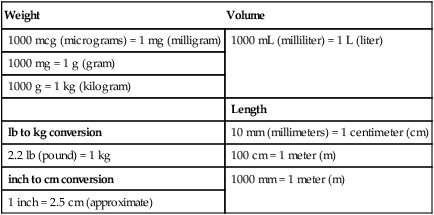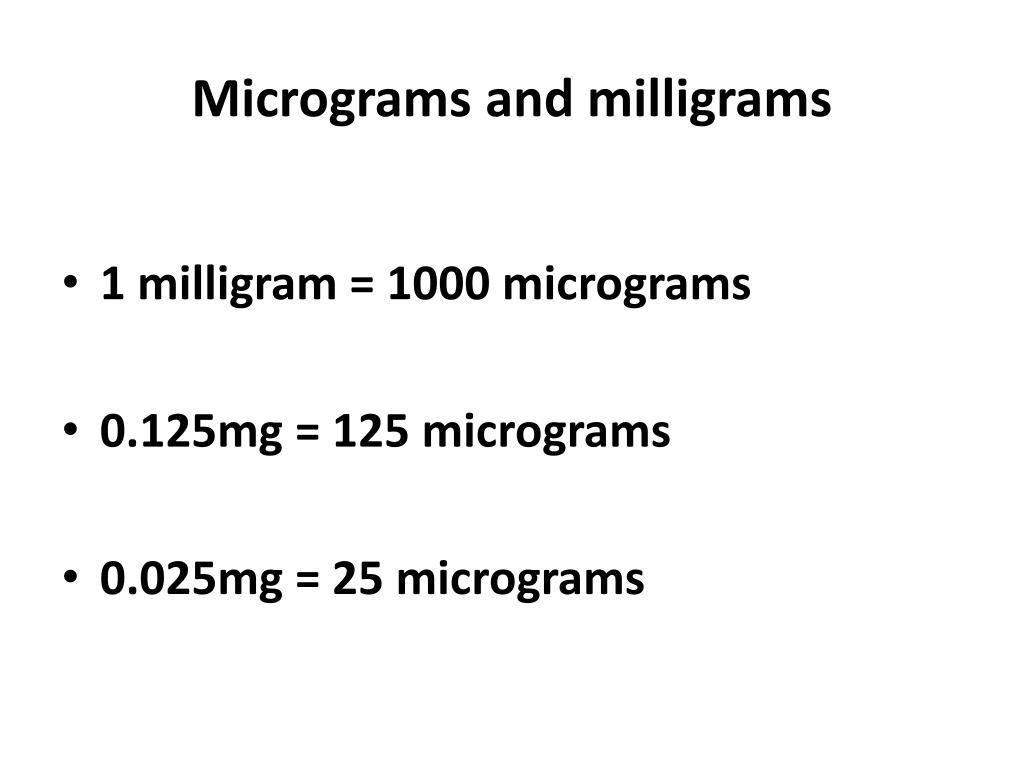

Soon after, researchers determined specific amounts of vitamins needed to avoid diseases of deficiency. Chemists worked to identify a vitamin’s chemical structure so it could be replicated.
Milligrams to grams trial#
After years of observation, experiments, and trial and error, they were able to distinguish that some diseases were not caused by infections or toxins-a common belief at the time-but by vitamin deficiencies. It was the combined efforts of epidemiologists, physicians, chemists, and physiologists that led to our modern day understanding of vitamins and minerals. Vitamins and their precise requirements have been controversial since their discovery in the late 1800s and early 1900s. Learn more about vitamin supplementation. Multivitamins can play an important role when nutritional requirements are not met through diet alone. But not everyone manages to eat a healthful diet. ** May play a role in the human body, but adequate research regarding its nutritional importance is not available so RDA or AI has not been set.Ī diet that includes plenty of fruits, vegetables, whole grains, good protein packages, and healthful fats should provide most of the nutrients needed for good health. RDA is the average daily dietary intake sufficient to meet the nutrient requirement of 97-98% of healthy individuals in a particular group according to stage of life and gender. An AI is a recommended intake when an RDA can’t be determined. Not determined however a chronic disease risk reduction intake has been established

Vitamin B6 (pyridoxal, pyridoxine, pyridoxamine) Vitamin A (preformed = retinol beta-carotene can be converted to Vitamin A) Recommended Dietary Allowance (RDA) or Daily Adequate Intake (AI)* Recommended Daily Intake of Vitamins and Minerals for Adults Vitamin (Common Names) Learn more about vitamins and minerals and their recommended intakes in the table below. The guidelines are based on available reports of deficiency and toxicity of each nutrient. The DRIs are specific to age, gender, and life stages, and cover more than 40 nutrient substances. These are intended as a guide for good nutrition and as a scientific basis for the development of food guidelines in both the U.S. In the U.S., the National Academy of Medicine (formerly the Institute of Medicine) develops nutrient reference values called the Dietary Reference Intakes (DRIs) for vitamins and minerals. copper, iodine, and zinc) needed in very small amounts.

While you’re likely familiar with calcium, sodium, and potassium, there is a range of other minerals, including trace minerals (e.g. Minerals are inorganic elements present in soil and water, which are absorbed by plants or consumed by animals. Any water-soluble vitamins unused by the body is primarily lost through urine. Water-soluble vitamins ( vitamin C and the B-complex vitamins, such as vitamin B6, vitamin B12, and folate) must dissolve in water before they can be absorbed by the body, and therefore cannot be stored.

Fat-soluble vitamins ( vitamin A, vitamin D, vitamin E, and vitamin K) dissolve in fat and tend to accumulate in the body. Vitamins are organic substances that are generally classified as either fat soluble or water soluble. However, these micronutrients are not produced in our bodies and must be derived from the food we eat. So, to convert directly from kg to lb, you multiply by 2.204622.Vitamins and minerals are micronutrients required by the body to carry out a range of normal functions. Or, you can find the single factor you need by dividing the A factor by the B factor.įor example, to convert from kilograms to pounds you would multiply by 1000 then divide by 453.59237. To convert among any units in the left column, say from A to B, you can multiply by the factor for A to convert A into grams then divide by the factor for B to convert out of grams. To convert from g into units in the left columnĭivide by the value in the right column or, multiply by the reciprocal, 1/x. Multiply by the conversion value in the right column in the table below. To simply convert from any unit into grams, for example, from 5 kilograms, just Where S is our starting value, C is our conversion factor, and For more specific calculations useĬonversions are performed by using a conversion factor. By knowing the conversion factor, converting between units can become a simple multiplication problem: This online conversion calculator will convert among different units of weight or mass.


 0 kommentar(er)
0 kommentar(er)
